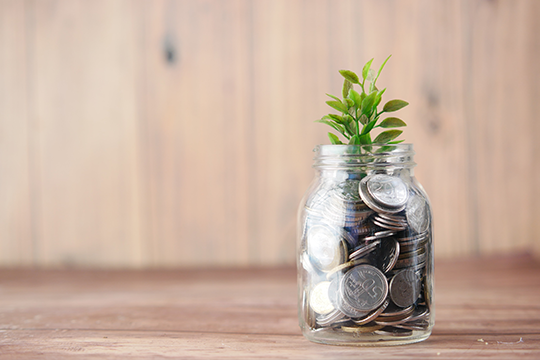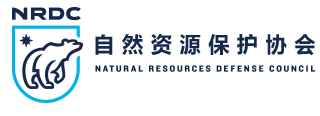 图片@Towfiqu Barbhuiya on Unsplash
图片@Towfiqu Barbhuiya on Unsplash
在本周由NRDC和绿色银行网络(Green Bank Network,简称GBN)等合办的COP26边会上,巴西米纳斯吉拉斯州开发银行(Minas Gerais Development Bank)和美国华盛顿哥伦比亚特区绿色银行(D.C. Green Bank)宣布加入GBN。
此次边会的主题是“绿色业务:绿色银行和发展金融机构在调动社会资本参与气候解决方案过程中的角色”。绿色银行通过规模相对较小的公共资金池来吸引规模更大的社会资本,对可再生能源、能效和其他低碳技术及项目进行投资,从而推动全球摆脱化石能源,以更加气候友好型的方式发展经济。
GBN由NRDC和合作伙伴在2015年12月建立。GBN通过举办年度国际绿色银行大会等方式促进绿色银行之间的合作与知识交流,并分享最佳实践和经验教训。2018年11月,NRDC曾支持GBN、中国绿色金融委员会、绿金委上海陆家嘴分会和深圳绿金委等在上海举办第六届国际绿色银行大会。来自十多个国家的20多位专家与参会者交流了绿色银行成功案例和历史经验,并探讨了绿色银行的发展战略和途径。
NRDC高级主任Doug Sims表示,绿色银行在为全球清洁能源转型匹配合适的融资产品和平台方面发挥着先锋作用。开发银行在减贫、培育战略性新行业以及支持小企业方面有着悠久的历史。今天,巴西米纳斯吉拉斯州开发银行加入GBN,意味着绿色银行与开发银行携手,共同推动经济可持续和公平发展。
COP26有四个关键目标,其中之一是推动发达国家加大对发展中国家的资金支持,帮助这些国家为清洁能源项目提供资金,避免气候变化的不利影响。绿色银行深受发展中国家合作伙伴的信赖,引导资金用于应对气候变化和建设当地社区。
绿色银行的形式多样。实践证明,无论是专门的独立金融机构,单独管理的绿色金融工具,还是更新调整后的开发银行,都有助于快速引导社会资本转向气候解决方案。
今年年中以来,绿色银行网络成员已投资或承诺投资总计504亿美元的公共资金,用来调动总计1340亿美元的社会资本,支持全球气候解决方案的实施。这些清洁能源投资每年将减排4803万吨的二氧化碳,相当于减少了2240万辆私家车的排放。
世界之所以需要绿色银行,是因为尽管公共投资对新项目和新技术至关重要,但不足以将全球温升控制在1.5摄氏度之内。而通过共同投资等方式支持绿色银行投资项目,能够调动国际和国内气候融资,发展当地绿色经济,并有助于绿色复苏。

